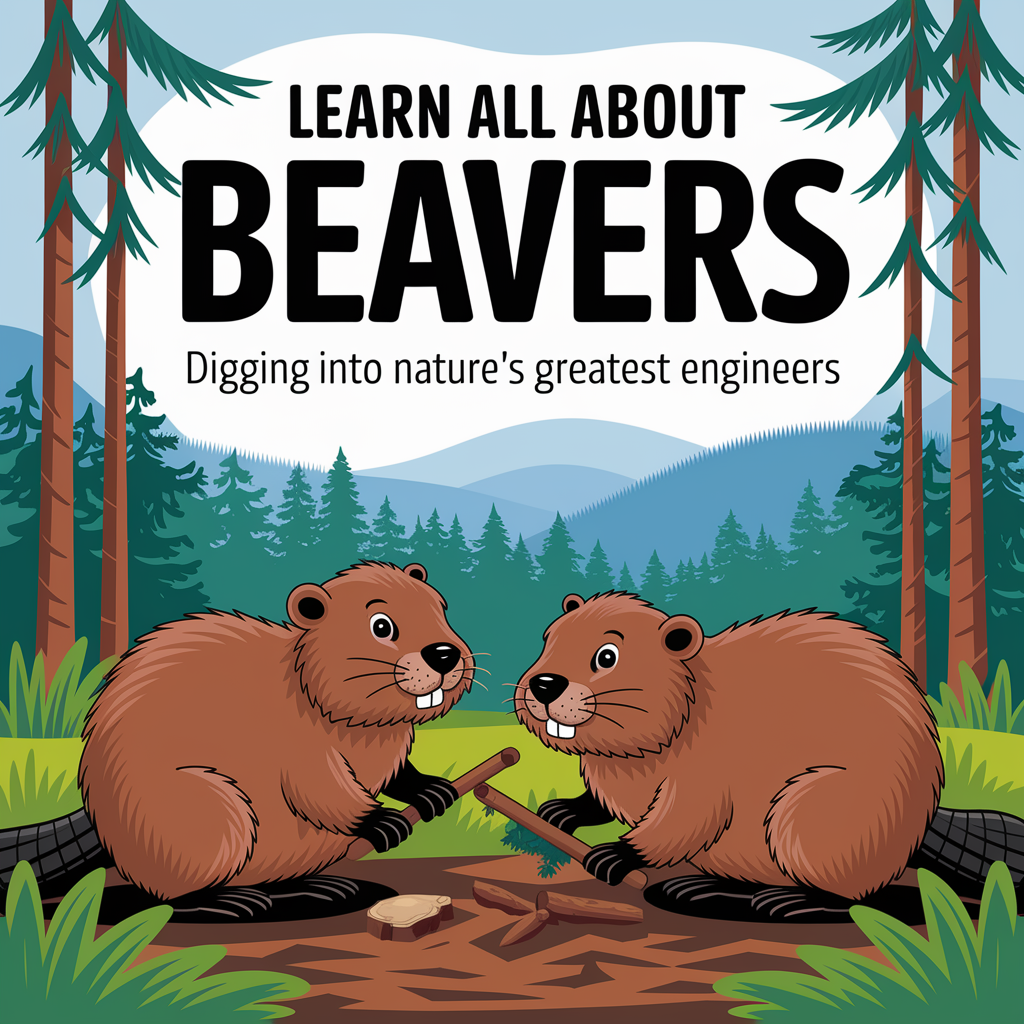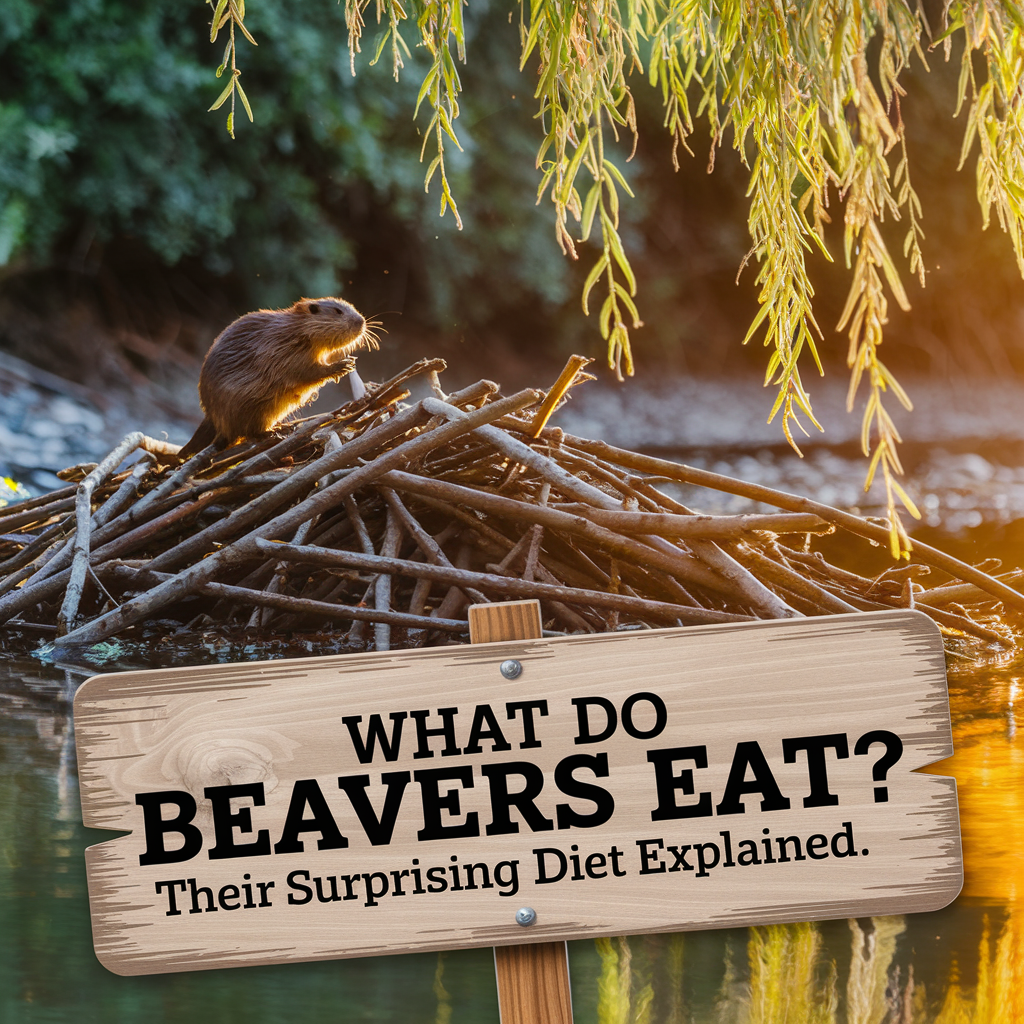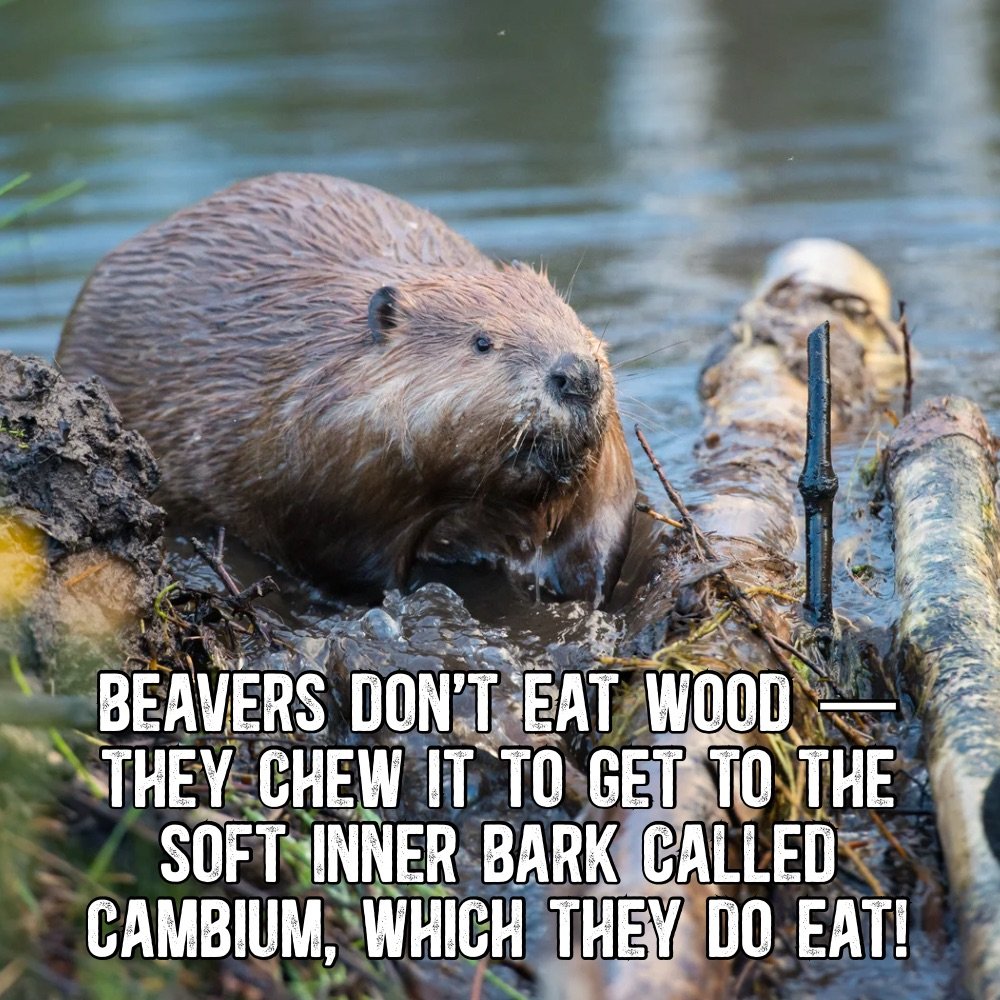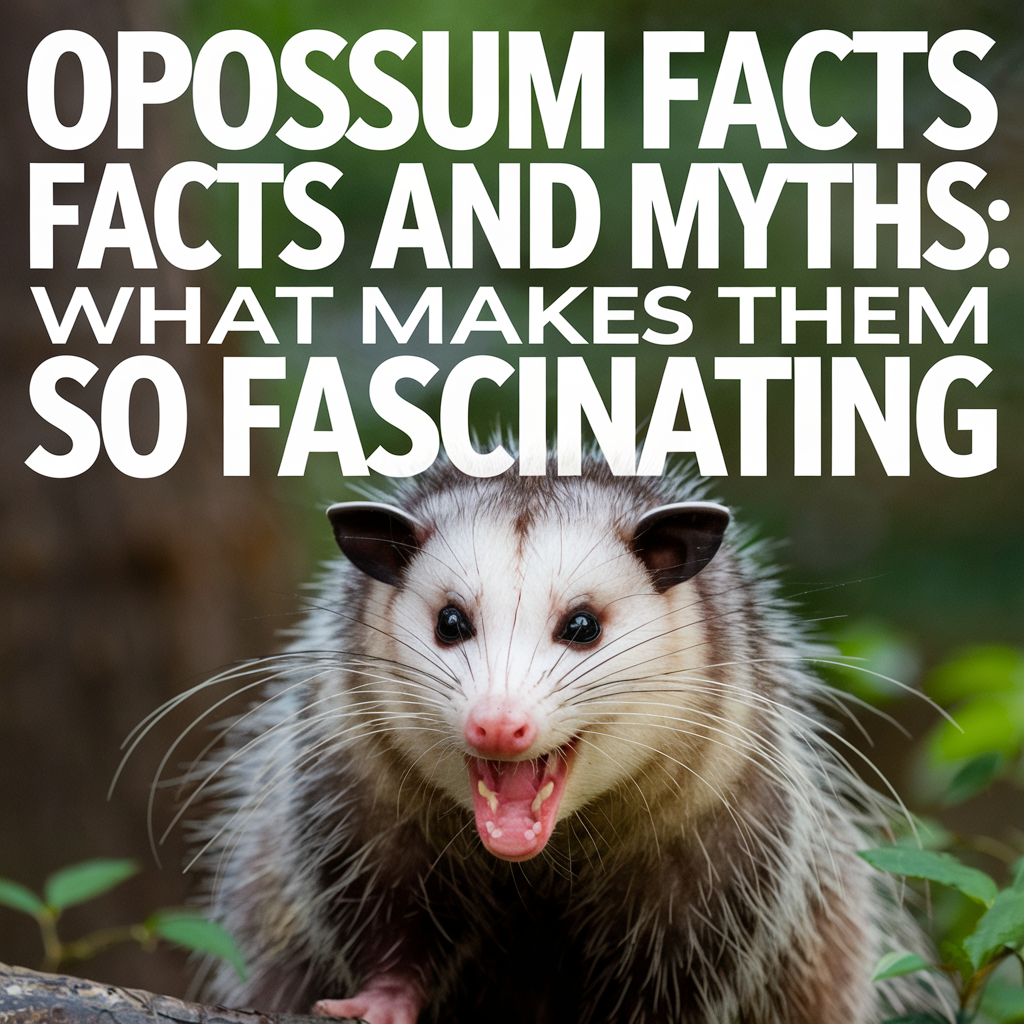
All About Beavers: Nature’s Little Architects With Big Impact
Beavers are more than just cute critters with flat tails — they’re some of the most incredible engineers in the animal world. From building entire ponds to creating cozy underwater lodges, beavers know how to get things done. Let’s dive deep into the world of beavers and explore everything from what they eat to how their work helps shape entire ecosystems.
Explore even more fascinating animals in our Critter Corner 🦝!
Built Like a Beav: How Beavers Are Perfectly Designed for Their Job
Beavers have strong, stocky bodies made for swimming and working. They can weigh up to 60 pounds and measure over 3 feet long. Their waterproof fur keeps them warm in cold water, and their webbed feet act like built-in paddles.
Their flat, leathery tail works as a rudder while swimming, a prop when sitting upright, and even as a warning alarm — when slapped against the water, it can startle predators and alert nearby beavers.
And those orange front teeth? That’s iron in the enamel, which makes them super strong for chewing through wood day after day.
The Beaver Dam Blueprint
When it comes to home construction, beavers don’t cut corners. They chop down trees and haul limbs and mud to dam up streams and create deep ponds. This creates a safe space to build their homes — known as beaver lodges — right in the middle of the water.
Beaver dams help:
- Slow down fast-moving water
- Create still ponds for protection
- Build a habitat that keeps predators out
Each lodge includes underwater entrances, a dry living area, and room for the entire beaver family to snuggle in for winter.

What Do Beavers Eat?
Beavers are strict vegetarians. They don’t eat fish or meat — just plants. Their favorite foods include:
- Tree bark and soft inner wood (cambium), especially from willow, aspen, birch, and cottonwood
- Aquatic plants like water lilies and cattails
- Grasses, twigs, and even garden crops if nearby
In fall, they stash branches underwater near their lodge so they can reach them under the ice in winter. That’s like stocking your freezer for months ahead.
Beavers Love Family Life
Beavers mate for life and raise their young together in the lodge. A typical family includes mom, dad, this year’s babies (called kits), and the older siblings from last year who help babysit and build.
They stick together for about two years before the young go off to start their own families. Teamwork is huge — building, chewing, swimming, and defending are all shared tasks in a beaver family.
How Beavers Help the Planet
Beavers aren’t just good at making dams — they also improve the environment for everyone else. When a beaver creates a pond, it invites in all kinds of new life. Frogs, turtles, ducks, and even fish show up to enjoy the new wetland.
Here’s why beavers are good for nature:
- They prevent soil erosion
- Their ponds recharge groundwater
- They filter out pollutants
- They boost biodiversity
- They slow down flooding
In some areas, people are bringing beavers back to help restore damaged landscapes. That’s how powerful their impact is.
Are Beavers Ever a Problem?
They can be. Beavers don’t know the difference between wild woods and your backyard. Sometimes they flood farmland, chew down ornamental trees, or clog drainage ditches. But in most cases, there are smart ways to live with them — like installing flow devices or wrapping trees in wire to protect them.
If you spot beaver activity near your land, take a look at how much water they’re holding back. It might be more helpful than you realize.
Lodge Life: Inside a Beaver Home
Beaver lodges aren’t just piles of sticks. They’re warm, waterproof, and have built-in ventilation. Inside you’ll find:
- A dry nesting chamber raised above water level
- A thick outer shell of sticks, mud, and grass
- One or more underwater entrances
In winter, the outside is packed with fresh mud that freezes solid, keeping predators out and warmth in. Beavers stay active all winter long inside their lodges — they don’t hibernate.
Beavers and Seasonal Changes
Beavers are super in tune with the seasons. In the spring, they repair dams and clean up their lodge. Summer is all about feeding and raising kits. Fall is the time for food storage — they gather branches and jam them into the pond floor near the lodge.
Once winter hits, they retreat to their warm lodge, grabbing food from their stash when needed. Even when the pond is frozen over, the beavers keep moving beneath the ice.
Beavers vs. Other Rodents
People often mix up beavers with muskrats or otters. But here’s a quick breakdown:
- Beavers: Big, flat tails; build dams and lodges
- Muskrats: Small, skinny tails; build bank dens
- Otters: Long bodies, playful behavior, eat fish
If you see a dam and a dome-shaped lodge in the middle of a pond — that’s a beaver’s work, no doubt about it.
Beaver Tracks and Signs: How to Spot One Nearby
Beavers are usually active around dusk and dawn, but even if you don’t see one, they leave plenty of clues behind. Keep your eyes peeled for:
- Chewed trees with sharp teeth marks around the base
- Drag trails where branches were pulled from land to water
- Muddy slides going into a pond or stream
- Large stick dams or dome-shaped lodges in slow-moving water
- Gnawed stumps and wood shavings scattered around
If you’re walking near a quiet pond and see fresh chews or hear splashes at night — odds are, you’re in beaver territory.

Common Beaver Myths Busted
Let’s clear up some common confusion about beavers:
- Myth: Beavers eat fish.
Truth: They’re strict plant-eaters. - Myth: Beavers hibernate in winter.
Truth: They stay active, cozy inside their lodges. - Myth: Every pond dam is made by beavers.
Truth: Muskrats and even people can make similar structures. - Myth: Beavers are pests.
Truth: They’re vital to healthy ecosystems.
Beavers may cause some challenges, but they’re more helpful than harmful when it comes to water and wildlife.
Where Beavers Live in the U.S.
Beavers are found across most of North America, from the southern U.S. all the way up through Canada and Alaska. They thrive anywhere there’s fresh water, trees, and plenty of vegetation. You’ll find them in:
- Forested streams and rivers
- Lakes and ponds
- Wetlands and marshes
- Even in suburban or farm areas with the right conditions
They’re great at adapting — and if you have water nearby, you might be sharing land with a local beaver family without even knowing it.
What Sounds Do Beavers Make?
Beavers aren’t noisy animals, but they do communicate in a few key ways:
- Tail slaps: A loud splash to signal danger or startle predators
- Whining or whimpering: Soft vocalizations between family members
- Grunts and growls: Rare, but used when threatened
Most of their social communication is quiet, but their sudden tail slap on the water can make you jump!
Baby Beavers: What to Know About Kits
Beaver babies, called kits, are born in spring. A typical litter includes 2 to 4 kits. They:
- Are born fully furred and with eyes open
- Can swim within 24 hours
- Stay in the lodge for the first few weeks
- Nurse for 6 to 8 weeks
- Stick around for up to 2 years helping raise new siblings
Beaver families are tight-knit and work together like a well-oiled machine.
Beavers and Predators: Who’s After Them?
Even though beavers are big and well-defended, they still have natural enemies:
- Coyotes
- Bears
- Bobcats
- Wolves
- Humans (through habitat loss and trapping)
Beavers rely on deep water, underwater entrances, and constant alertness to stay safe. A slap of the tail alerts the whole lodge to dive and hide if needed.
Can You Keep a Beaver as a Pet?
Nope — beavers are wild animals. They’re not suitable as pets. Besides being illegal in most places, they need:
- Large bodies of water
- Trees to chew
- Complex family bonds
- Constant construction tasks
A bathtub just isn’t gonna cut it. If you love beavers, the best thing you can do is protect their habitat.
How Long Do Beavers Live?
In the wild, beavers typically live 10 to 12 years. In captivity, they’ve been known to live over 20 years. Their survival depends on good food sources, safe water, and avoiding predators.
Beavers spend their entire lives building, maintaining, and protecting their environment. It’s a busy life — and they’re excellent at it.
Are Beavers Endangered?
Good news — beavers have made a big comeback. They were nearly wiped out in the 1800s due to trapping for their fur, but conservation efforts helped their numbers bounce back.
They’re now protected in many states, and some wildlife managers are even reintroducing beavers to restore ecosystems. They’re not endangered anymore, but their role in nature is more important than ever.
Beavers in Pop Culture and Folklore
Beavers have earned a spot in American stories, cartoons, and mascots — often seen as hardworking, loyal, and clever. They symbolize:
- Diligence and teamwork
- Building and protection
- Natural balance
From animated beavers on kids’ shows to the Oregon State Beavers mascot, this critter has become an icon of industriousness.



